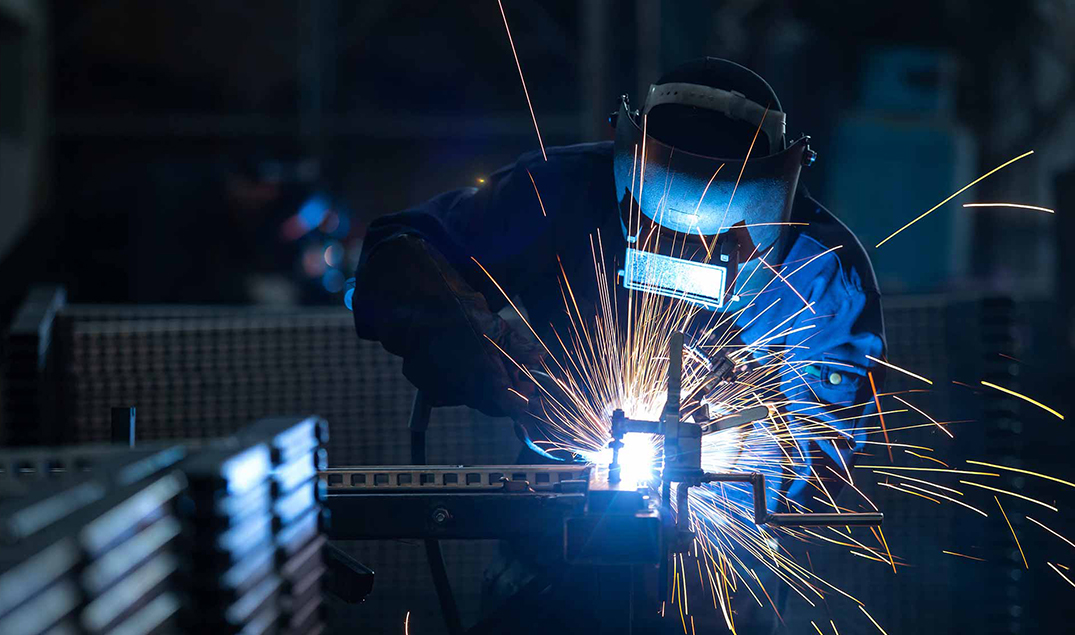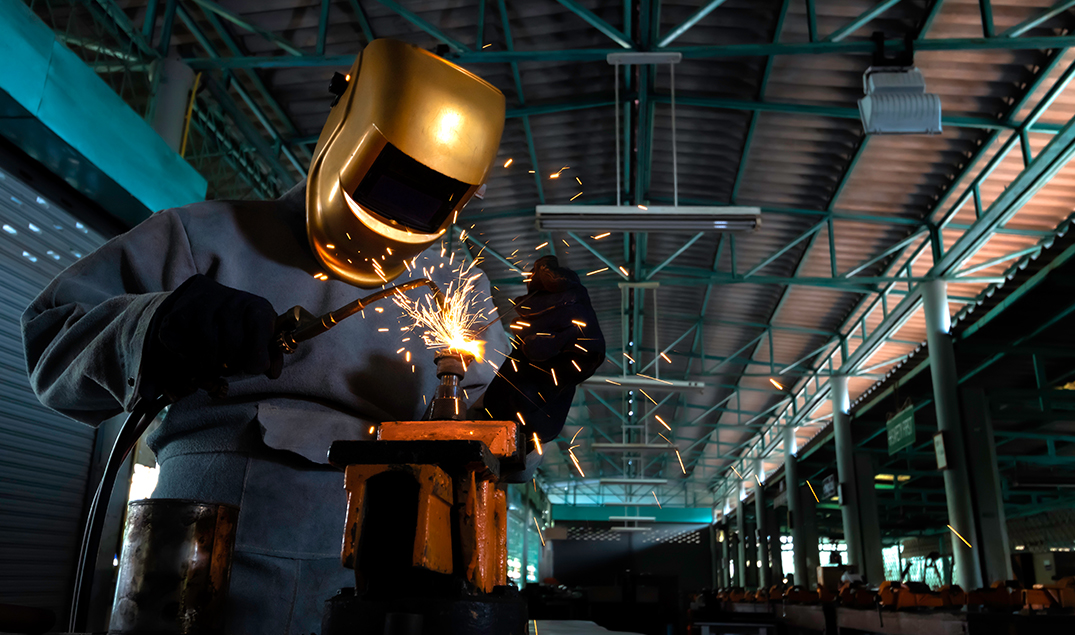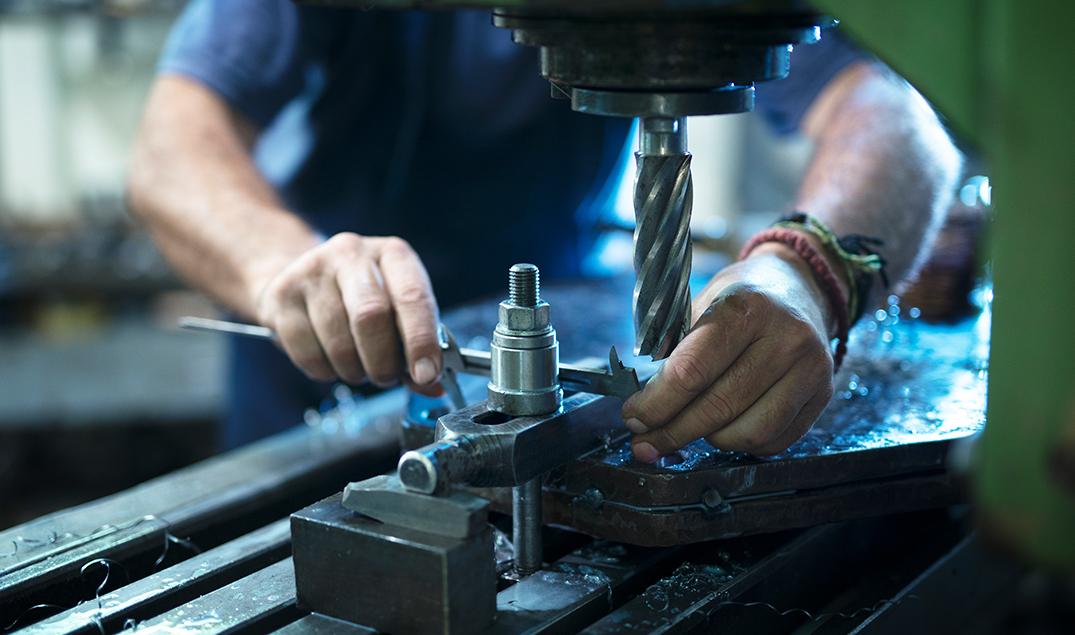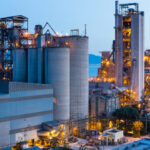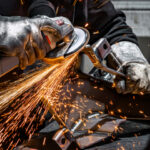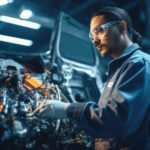New Installations of Agri & Dairy Equipment

Circle International Trading Company offers expert installation services for advanced
agricultural and dairy equipment. We provide customized solutions to meet the specific needs of
each farm, ensuring seamless integration of new machinery. Our experienced technicians
handle everything from initial setup to final testing, ensuring that all equipment functions
efficiently and meets industry standards. Whether it’s milking machines, silage processing
equipment, or irrigation systems, we ensure a smooth installation process to help farmers
optimize their operations and increase productivity.
Rental of Agri and Dairy Machinery
We offer a wide range of agricultural and dairy machinery for rent, providing cost-effective
solutions to farmers and agricultural businesses. Our rental services cover essential equipment
like milking machines, corn silage harvesters, and irrigation tools. With flexible rental terms and
well-maintained machinery, we help clients meet their seasonal and short-term operational
needs. Whether you're looking for temporary equipment to expand production or meet specific
project requirements, Circle International ensures that you have access to the machinery
needed for efficient farming.


Silage Inoculants & Corn Silage Solutions
Circle International offers top-quality silage inoculants and corn silage solutions to enhance the
preservation and quality of feed. Our solutions help farmers optimize their silage production.
- Improved Preservation: Enhances feed storage life.
- Nutrient Retention: Keeps nutritional content intact.
- Easy Application: Simple and effective use in silage.
- Cost-Efficient: Reduces waste and spoilage.
- Optimized Yield: Increases overall feed production.
Mini Silage Factory Setup
We provide comprehensive services for setting up mini silage factories, designed to meet the
needs of small to medium-sized farms. Our team assists in planning, installation, and
operational training, ensuring that your factory operates efficiently. With our tailored solutions,
you can process, store, and manage silage effectively, maximizing feed quality and minimizing
waste. This service helps farmers enhance their productivity without the need for large-scale
equipment, making it an ideal choice for optimizing operations at a smaller scale.
Irrigation Solutions (Supply, Installation, Maintenance)
- Supply of Modern Equipment: Latest irrigation tools for water efficiency.
- Professional Installation: Ensuring optimal setup for your farm.
- Tailored Solutions: Custom systems to meet farm-specific needs.
- Maintenance Services: Regular check-ups to prevent downtime.
- Water Management Expertise: Maximizing resource use for crop growth.



